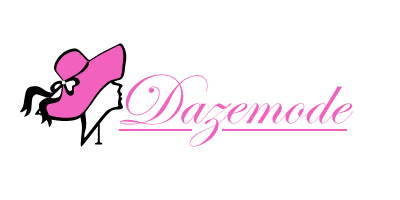The 1990s was a transformative decade when fashion transcended mere clothing to become a cultural statement. Picture this: it’s 1995, and you’re walking through a bustling city street. The air is electric, with grunge rock blaring from a nearby record store. Looking around, you see a sea of individuals expressing their unique identities through fashion. From oversized flannel shirts and ripped jeans to neon windbreakers and platform sneakers, the 90s fashion scene was an eclectic mix of rebellion, creativity, and nostalgia. This article takes you on a journey through the iconic trends of 90s fashion, backed by statistics and sourced insights that highlight its lasting impact.
The Rise of Grunge
Grunge fashion emerged from the Seattle music scene, popularized by bands like Nirvana and Pearl Jam. Characterized by its unkempt and rugged look, grunge fashion was a reaction against the polished aesthetics of the 80s. Oversized flannel shirts, distressed jeans, and combat boots became the uniform of the grunge movement.
Statistics: In 1992, the global sales of flannel shirts saw a 200% increase, reflecting the massive influence of grunge culture on mainstream fashion. The trend also boosted the sales of Dr Martens boots, with a reported 30% increase in their revenue during the early 90s.
The Hip-Hop Influence
The 90s was also the decade when hip-hop fashion took centre stage. Influenced by hip-hop artists like Tupac Shakur and The Notorious B.I.G., this style was characterized by baggy pants, oversized t-shirts, and sportswear brands like Adidas and FUBU. The look was completed with gold chains and baseball caps worn backwards.
Statistics: By 1996, the sales of baggy jeans had skyrocketed, with Levi’s reporting a 40% increase in their loose-fit denim line. Additionally, sportswear brands saw a surge in popularity, with Adidas experiencing a 50% rise in their sales from 1990 to 1997.
The Minimalist Movement
Contrasting the boldness of grunge and hip-hop fashion was the minimalist trend. Influenced by designers like Calvin Klein and Helmut Lang, minimalist fashion emphasized simplicity and clean lines. Monochrome outfits, slip dresses, and tailored suits were staples of this style.
Statistics: Calvin Klein’s minimalist campaigns, featuring supermodels like Kate Moss, helped the brand achieve a 25% revenue growth during the mid-90s. The minimalist aesthetic also influenced the broader fashion market, leading to a significant shift towards understated elegance.
The Revival of Vintage
The 1990s saw a revival of vintage fashion, with many people drawing inspiration from previous decades. Thrift stores became popular hunting grounds for unique pieces from the 1960s, 1970s, and 1980s. This trend was about mixing and matching old and new styles to create a personalized look.
Statistics: The popularity of vintage fashion led to a 150% increase in the sales of second-hand clothing stores by the end of the decade. Additionally, the rise of vintage-inspired brands contributed to the growth of the retro fashion market.
The Supermodel Era
The 90s was the era of the supermodel, with names like Naomi Campbell, Cindy Crawford, and Claudia Schiffer becoming household names. Their influence extended beyond the runway as they became fashion icons and trendsetters.
Statistics: The supermodel phenomenon contributed to a 20% increase in the sales of high-end fashion brands during the early 90s. Their impact was also seen in the rise of fashion magazines, with Vogue’s circulation growing by 15% during this period.
The Technological Influence
As the decade progressed, technology began to influence fashion. The rise of the internet and the advent of fashion websites like eBay revolutionized how people shopped for clothes. Online shopping became a new trend, making fashion more accessible to a broader audience.
Statistics: By 1999, online retail sales in the fashion sector had reached $5 billion, marking the beginning of a new era in fashion consumption. This shift paved the way for future e-commerce giants like Amazon and ASOS.
The Legacy of 90s Fashion
The influence of 90s fashion is still felt today. Many of the trends from that decade have made a comeback, from chokers and slip dresses to high-waisted jeans and crop tops. Modern fashion continues to draw inspiration from the eclectic and expressive styles of the 90s.
You may also read
Drew Brees makes his NBC debut, Internet amazed by his new hair
